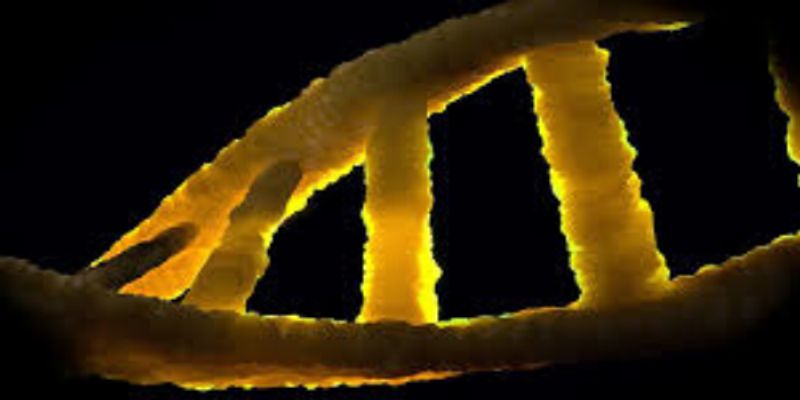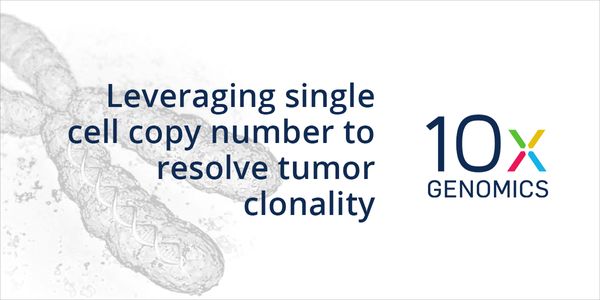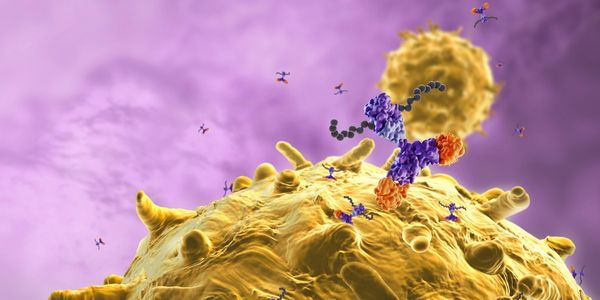FEB 19, 2020 | 11:00 AM
DATE: February 19, 2020TIME: 11:00am PST, 2:00pm EST...
DEC 10, 2019 | 7:00 AM
DATE: December 11, 2019 TIME: 7:00am PST, 10:00am EST Rapid growth in the cell and gene therapy industry has generated an urgent need for robust analytics around characterization of both vec...
DEC 05, 2019 | 9:00 AM
DATE: December 5, 2019TIME: 9:00am PST, 12:00pm EST Characterization of the spatial distribution and abundance of proteins and mRNAs with morphological context within tissues e...
DEC 03, 2019 | 9:00 AM
DATE: December 3, 2019 TIME: 9:00am PST Microglia are the brain's resident immune cells and play key roles in normal development, maintenance of homeostasis, and disease. Using a combina...
NOV 13, 2019 | 8:00 AM
DATE: November 13, 2019TIME: 8:00am PSTIn this presentation, Dr. Rizvi will outline the power and generality of single-cell studies, workflows enabling such studies, and skillful mean...
NOV 12, 2019 | 10:00 AM
DATE: November 12, 2019TIME: 10:00am PSTDirect measurement of copy number by droplet-based shallow sequencing of genomic DNA has the potential to provide new insights into tumor heterog...
OCT 30, 2019 | 7:00 AM
DATE: October 30, 2019TIME: 7:00am PDTJoin us for a webinar to learn how to apply single cell methods to study cancer. Dr. William Greenleaf, Associate Professor from Stanford Universit...
OCT 15, 2019 | 10:00 AM
DATE: October 15, 2019TIME: 10:00am PDTAdvances in Next-Generation Sequencing technologies as well as bioinformatic tools have advanced our ability to research and explore both human...
Tumor mutational burden (TMB) is an emerging biomarker that correlates with response to immunotherapeutic agents, such as checkpoint inhibitors. Recent studies indicate that a high mutation l...
Copy-number alterations and chromosomal translocations are widespread in cancer and frequently causing oncogenic mutations that drive tumorigenesis and therapy resistance. Despite their preva...
























